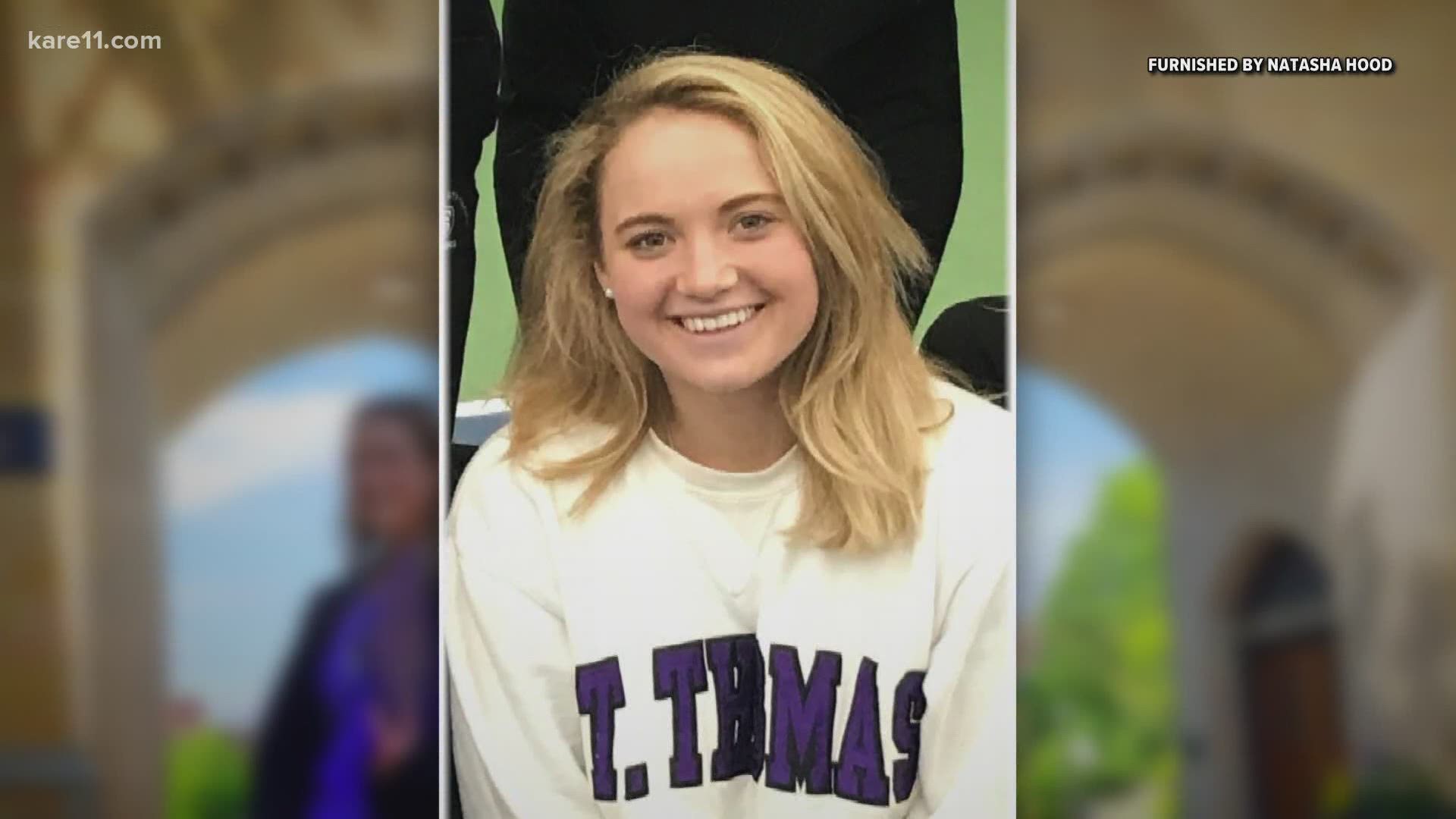MINNEAPOLIS — The University of Minnesota announced that it will be joining Harvard and MIT in its fight against the ICE policy that would deport international students if their schools decide to go fully online this fall.
The Immigration and Customs Enforcement (ICE) directive was announced three days ago and it has left thousands of international students without answers.
International students like Natasha Hood said they came to the U.S. for a good reason for their studies.
"A lot of us truly believe that the U.S. offers some of the best colleges and universities in the world," Hood said.
Born in the UK and as a permanent resident in France, Hood decided to attend the University of St. Thomas. She graduated just this year, as a part of the class of 2020.
"A lot of people don't necessarily remember their college graduations but I think the class of 2020 always will," Hood said.
Through the hardship of wrapping up her undergrad career virtually, Hood made it. She had a bright future. She got accepted to Middlebury for graduate school. She was planning on heading to Middlebury's California campus soon.
"I got in, I accepted and now it doesn't look like I'm going to be going," she said.
With COVID-19 cases steadily on the rise in California, Hood said Middlebury decided to take its fall semester entirely online. Meaning that for her, as an F-1 student with a non-immigrant visa, she is going to have to leave, according to the ICE directive.
"I started looking at apartments," she said. "I'm lucky because I didn't sign a lease yet but I know other students who have signed leases. As schools have decided to go online - this decision to go online, it's not the choice of the international students."
And for those wondering - why can't Hood just simply go back home to France? Well, she can't, at least not right now.
"As far as I know the borders are currently shut," she said. "One of the reasons I made the decision from the outset to stay here was not only because I was applying for graduate school but because my mother is immuno-compromised. She hasn't left the house in months. And to get home, I have to sometimes take four to five flights, travel through several different airports. I might not be in the bracket of getting COVID but if I was a carrier and gave it to her, I'd never be able to forgive myself."
So thousands of students like Hood, are stuck in the U.S.
International students are one of the biggest revenue boosters for U.S. schools. According to the Wall Street Journal, international students contributed more than $30 billion to the U.S. economy in the 2014-15 academic year.
"The most upsetting thing is that legally, we really have no rights," she said. "And we have very little voice and very little say in this fight. I think it's very easy to forget that we're in a global pandemic and the U.S. is the epicenter. So to send thousands of students home - it's terrifying."
Before the pandemic, International students were bound by strict limits on how many online classes they could take to complete their diploma in the U.S. Right now as the ICE directive stands, if a student's school is fully online, that student has to leave the country and return to his/her home country of citizenship or transfer to a different school that offers in-person classes.
If the International student has already left the United States due to the pandemic and their schools are completely online, they will not be allowed back into the U.S. this fall.
MORE BTN:

